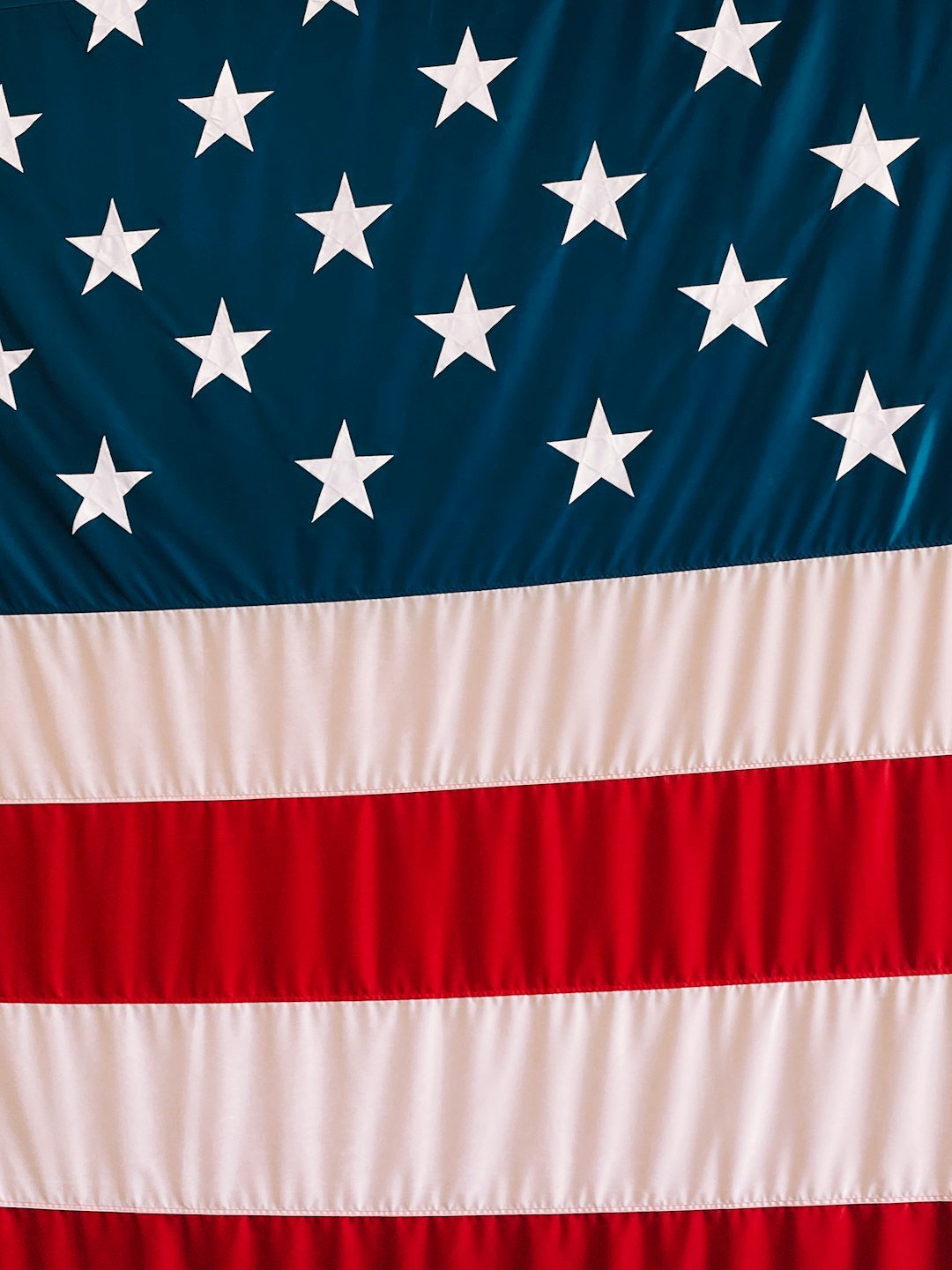
The American flag ranks among the most iconic emblems globally, easily identified by its bold red, white, and blue palette, featuring 50 stars to symbolize each state. Yet, this familiar symbol holds a treasure trove of lesser-known insights that add depth to its legacy.
This enduring banner plays a key role in national events and expressions of loyalty, appearing at gatherings or as a sign of devotion. If you’re thinking about acquiring one, it’s worth exploring the right fabric for your purposes and delving into the rich backstory that shaped this emblem.
That’s why we’ve compiled six captivating insights about the American flag that might surprise you, shedding light on aspects you may not have encountered before.
The design
The story often links Betsy Ross to the creation of the American flag, with tales suggesting she received a commission from George Washington to craft its design. Some accounts propose she sewed it from his sketches, while others credit her only with the assembly work.
In reality, these narratives lack historical support. They gained popularity perhaps because they resonated with the era’s spirit, but Ross’s name didn’t surface until decades later, in 1876, long after her passing. Instead, the modern 50-star version came from an unexpected source: a high school student named Robert G. Heft, who developed it for a school assignment. This design has been in use since 1960, and interestingly, Heft earned just a B- for his efforts.
Seeing stars
As new states joined the union, the flag gained additional stars, reflecting the nation’s expansion. Initially, these stars had six points, but over time, their appearance evolved significantly during the 18th and 19th centuries, with arrangements varying from neat circles to more irregular patterns—a creative challenge for the artisans of the day.
A pivotal change came with President Taft’s executive order in 1912, standardizing the layout to six horizontal rows of eight stars each, with every star’s single point oriented upward. Later, under President Eisenhower, the configuration shifted to nine rows across and eleven rows down, establishing the orderly grid we recognize today and ensuring a balanced, symmetrical display.
The 13 stripes
The flag’s classic alternating red and white stripes have consistently numbered 13, except briefly when Vermont and Kentucky were added, prompting a temporary version with 15 stars and 15 stripes to mark the occasion.
This adjustment highlighted a growing issue: adding stripes for every new state would make the flag unwieldy and oversized. To avoid this, it was resolved that the stripes would permanently represent the original 13 colonies that declared independence from Britain, preserving a nod to the nation’s foundational roots while allowing stars to adapt to future growth.
Red, White, and Blue
Far from arbitrary, the flag’s colors carry specific symbolism: white evokes ideals of innocence and unity in society, old glory red signifies courage and enthusiasm, and old glory blue stands for steadfastness, honesty, and vigilance, potentially drawing from spiritual or divine connotations as well.
These hues were deliberately chosen to embody the core principles of the United States, drawing from historical influences like the Great Seal, which further ties them to themes of liberty and justice in American heritage.
What’s in a name
The flag goes by numerous affectionate monikers, such as The Star-Spangled Banner, the American banner, Red, White and Blue, Stars and Stripes, and Old Glory, making it perhaps the most variously named flag in existence.
However, none of these are its formal title; they serve as informal endearments. The official designation remains “The flag of the United States of America,” a straightforward label that underscores its role as a national symbol without the flair of its popular aliases.
Moon flags
Similar to faded celebrities from bygone eras, one might wonder about the fate of the six American flags planted on the moon by the Apollo 11 mission in 1969. The astronauts faced challenges in securing the poles firmly into the lunar regolith and dealt with equipment issues meant to keep the flags extended in a windless environment.
Under a United Nations treaty, no country can claim lunar territory, though the presence of these flags symbolized American achievement. Over time, factors like solar radiation and micrometeorites have likely degraded them, rendering the flags no longer intact, yet their symbolic impact endures as a testament to human exploration.
Whether referred to by its proper name or a cherished nickname, the American flag embodies a dynamic history marked by numerous iterations, with the current design marking the 27th version and holding the record for longevity at over 50 years. It continues to represent the enduring spirit and principles of the American people, proudly displayed both at home and abroad.




